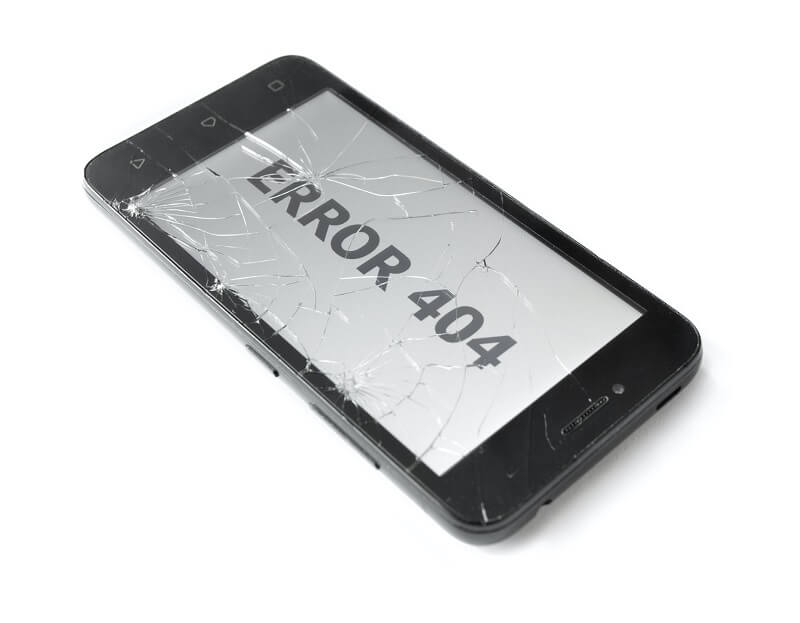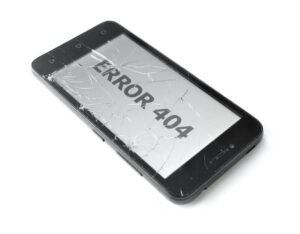

Electrical Troubleshooting is a major way to identify and resolve such electrical problems before they go out of hand. In this article, you’ll learn what electrical troubleshooting is when you need to conduct one, and the steps to conducting expert electrical troubleshooting.
When Do You Need To Do Electrical Troubleshooting?
Troubleshooting in the simplest definition means solving a problem. As such, Electrical troubleshooting means solving electrical problems, and below are electrical troubleshooting steps to follow:
- When you hear buzzing sounds from your appliances or outlets: Properly functioning electricity doesn’t make any sound but instead flows through your wiring system smoothly and soundlessly. However, a disconnection or faulty wiring system, a loose prong, torn wire, or a damaged outlet, can cause the electric current to buzz or crackle.
- When your breakers or fuses get blown frequently: You know that you need to do electrical troubleshooting when your circuit breaker or fuse, which acts as an overheating resistance/surge control system, trips repeatedly.
- When you experience constant light flickering: Light is in no way normal, especially when it’s not caused by a general power outage, lightning strike, or heavy wind gust. For example, you can experience light flickering or dimming when a heavy appliance such as your washing machine draws current to heat-dry clothes.
5 Steps To Expert Electrical Troubleshooting
You need to carry out electrical troubleshooting if you notice the following:
- Observe obvious signs
The first step to any troubleshooting, including electrical problems, is to carefully observe the malfunctioning appliances or equipment for obvious signs of damage. For instance, worn or chafed wires, loose sockets, slightly disengaged circuit panels, or overheating electrical appliances are obvious signs that you have an electrical problem. You can also inspect the obvious source of the electrical problems by touching and smelling the electrical appliances, just ensure to switch off the main power source to avoid electrical shock. - Identify problem areas: Once you’ve observed the obvious signs of electrical damage, the next thing is to rule out sections of the equipment or electrical system that are working, and identify problem areas such as damaged wires.
- Trace the electrical problem to its source: When you’re left with faulty parts of the electrical appliance or circuit, you will then do a further inspection of where the disconnection originated from. At this point, you can consult the manual that came with the electrical component in question. The manual will have diagrams of what perfectly functioning parts of the equipment look like, and you can easily notice any difference between the images and the live equipment.
- Narrow down the cause of the electrical problems within the main source:
At this phase, list out the possible causes of malfunction observed so far, and still using the manual (if available) as a guide, you should be able to narrow down the faults to a particular source within the appliance or circuit. - Test identified problem cause, repair, and test again:
Voila! You’ve identified the problem source, and it’s time to fix it. Even if you’ve managed to get to this stage as an amateur, this is the time to contact a professional electrician.
The troubleshooting process is time-consuming and tasking, and getting an electrical contractor from CLD Electric to handle the troubleshooting, repair, and testing stages will take the stress off you. This will give you ample time to handle other important activities.
